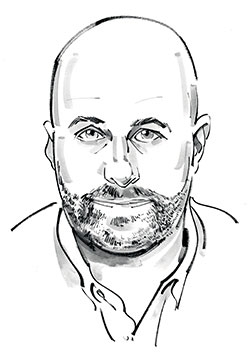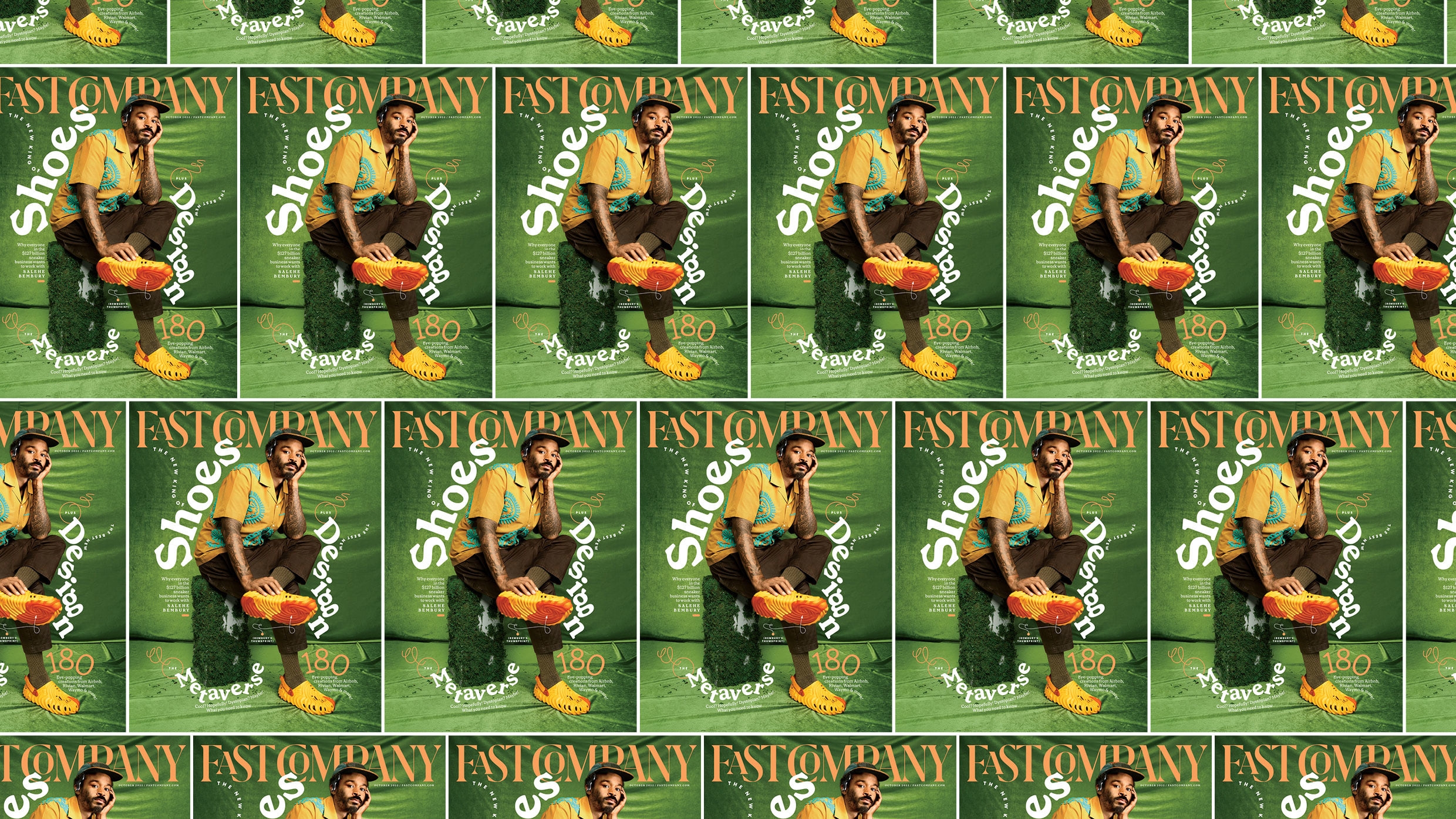Why Crocs made a comeback, and other developments in design
Hello out there! Careful readers of this page may notice a new face in the upper right-hand corner. That face is mine. This is my first issue as editor-in-chief of Fast Company, and I’m thrilled to be here.

[Illustration: Kagan McLeod]
Fast Company launched in 1995, just as I was launching my own career, and I remember thinking, Wow, great idea. The founding editors, Alan Webber and Bill Taylor, intuited that the acceleration of innovation would change the world forever, and they bottled that insight into a magazine that became the voice of the new economy.
Nearly 30 years later, I’m excited to help write the next chapter in Fast Company‘s history. Our plans are too big to cover in this space. They extend far beyond the pages of the magazine to our website, social feeds, events, podcasts, videos, and more—even to the metaverse (which Harry McCracken, our global technology editor, explains beautifully . . . to the extent that you can explain something that doesn’t yet exist). More to come on all of this.
Meanwhile, let’s talk about design, a subject that has been encoded in our DNA since issue No. 1, when we ran a story about Bloomberg’s offices. Today, in issue No. 252, we approach the topic with a mix of enduring delight and clear-eyed realism. As Suzanne LaBarre notes in her sharp essay about the evolution of design’s role in the business world, “There’s no question that design has become incredibly powerful over the past 20 years.” Yet, as she explains, it never quite became the revolutionary force that its most fervent believers foretold back in the mid-2000s. It also came with a cost, often enriching companies at substantial expense to the environment and social equity.
This is where Mark Wilson, Fast Company‘s global design editor, picks up in his introduction to our annual Innovation by Design Awards package, expertly shepherded by senior editor Amy Farley. The common theme among this year’s honorees—180 feats of design across 46 categories—is permanence (or at least anti-disposability). The products that leaped out to our editors and judges, such as an easy-to-repair cellphone and a recyclable vacuum cleaner, go against our quick-fix consumer culture. Many winners also manifest a more inclusive vision of design. My favorite: new fonts that will finally allow Indigenous groups in Canada to render their own language on their phones and laptops.
Wilson also offers a vibrant profile of our cover subject, Salehe Bembury, the new king of the $127 billion sneaker business. Bembury has worked with New Balance, Vans, and Yeezy, and has literally put his thumbprint on Crocs, which were nobody’s idea of cool until Bembury got involved. “Shoes,” Wilson notes in one of the story’s many unforgettable lines, “are the only piece of apparel that keeps its shape after you take them off—meaning sneakers are as much sculptures as they are clothing.”
As the sixth editor of this great publication, I’ve got big shoes to fill. I promise to keep Fast Company‘s shape—we’ll always be the definitive chronicler of business innovation—but I also hope to take some big steps into the unknown.
Fast Company , Read Full Story
(19)



